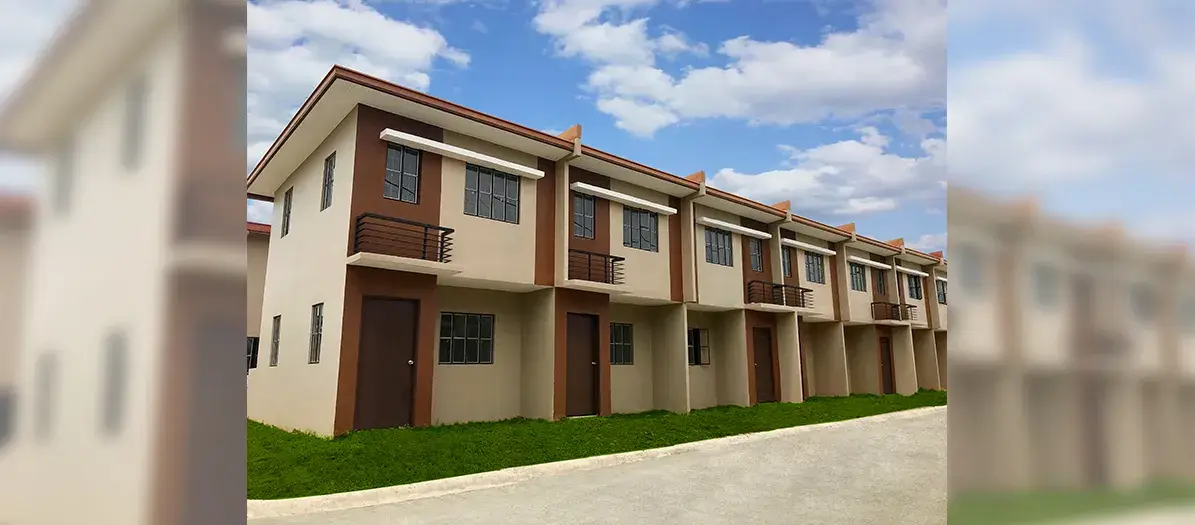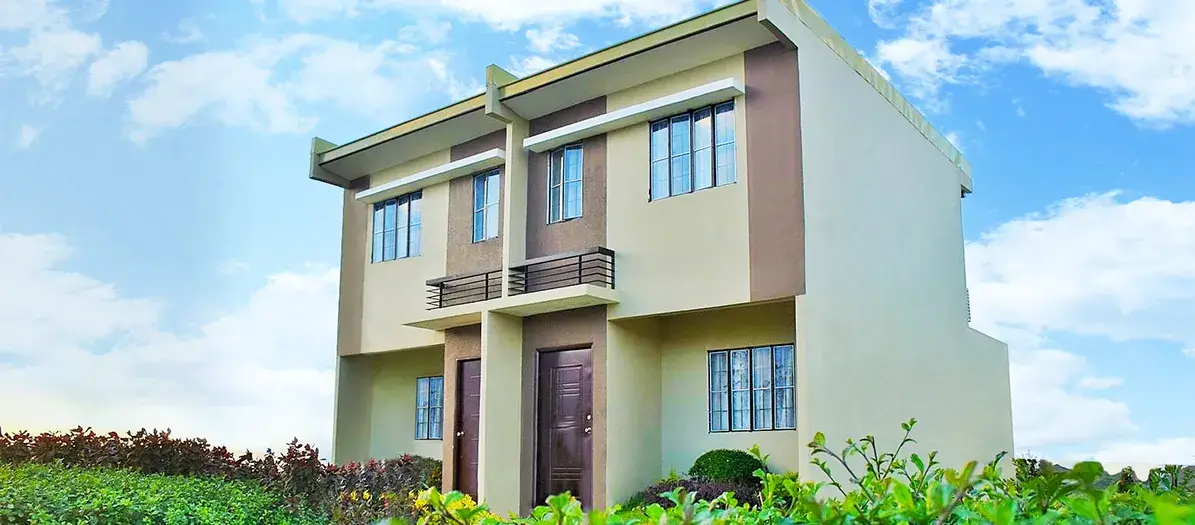History of Bauan, Batangas and its Barrios' Folklores
2 September 2022
Not popular to many, the first-class Municipality of Bauan in the Province of Batangas comes from a rich history and folklore of the natives in the area. In fact, according to Bauan's municipal government, the Tagalog term "bauang," upon which the name "Bauan" is derived, describes mountains that are both hidden and rough.
It was also said that a Spanish official once questioned a group of local farmers about the name of their settlement. The farmers thought the official was interested in knowing what they were cultivating, so they responded with the local word for garlic, "bawang." A group of farmers had an accident while cultivating garlic near Taal Lake, near the original location of Bauan. Since then, Bauang—later abbreviated to Bauan—has been the recognized official designation for the region.
A brief history of Bauan
The town became Bauan Parish on May 12, 1596 but it is only in 1762 that the present church was built under the guidance of Don Juan Bandino and with the help of Fr. Jose Victoria, the same priest who had begun construction on the original Taal church.
After the world war broke, the reconstruction of Bauan was overseen by a group of young political leaders. From here, the town continues to prosper into a progressive local economy from having its first appointed Presidente Municipal and later on, their first municipal mayor. In fact, the construction of Bauan Elementary School Gabaldon Building began in 1920, under the administration of Mayor Benito Cusi along with the construction of the municipal hall.
In 2016, the local chief executive Mayor Ryanh turned over his leadership to the new local chief executive of that time who is also his father, Herminigildo J. Dolor. One year into his role as municipal mayor, Bauan received the inaugural Seal of Good Local Governance (SGLG). It's the highest honor any city or town can get from the national government and the Department of Interior and Local Government.
Different barangays under the local government of Bauan
To give you a better idea about Bauan, below are the different barrios or barangays under the municipality according to its population rate and its famous folklores:
1. Manghinao
The most populated barangay in Bauan is Manghinao. Its name came from a legend that a group of Spanish explorers crossed a river in the neighborhood and shouted to some locals who were washing their hands on the bank. The Spaniards inquired as to the location's name, and the locals naturally answered in their own tongue, "nanghihinaw," meaning "we are washing our hands."
2. Aplaya
In light of the location of this barangay on Batangas Bay, the designation "Aplaya" which is the Spanish term "playa" translates to "beach" in English looks like a fitting moniker. The original name of the neighborhood was Kuta.
3. San Roque
Once known as Sabang, this neighborhood now bears the name of its patron saint. Since the neighborhood had been spared during the Philippine-American War, it became a refuge for persons fleeing the fighting in other areas. In World War II, San Roque also became an evacuation station for citizens of the town of Bauan and its surrounding barrios.
4. Bolo
According to urban legend, the name of this neighborhood was derived from the word "trambulo," which a local lady supposedly used to respond to Spanish explorers' questions about a flowering plant in the area.
5. Santa Maria
The original name of this neighborhood was Munting Tubig (small water). Roads and bridges leading to Santa Maria were not constructed until after the floods of 1927, long after the Spanish colonial era had ended.
6. Inicbulan
Some say a large tree inspired the name of this neighborhood. During the Spanish colonial era, bamboo and nipa were often used in the construction of neighborhood homes. This barrio was founded in 1773.
7. Balayong
The tindalo or appleblossom shower, a tree likely known as balayong in Batangas, inspired the name of this neighborhood. Farmers were compelled to destroy their rice crops and replace them with cotton fields during the Japanese rule. Those who didn't conform faced dire consequences.
8. San Andres
Contrary to popular belief, Andres the Barrio was not named after a saint but rather a respected member of the local community.
9. Sinala
This neighborhood got its name from the creek that ran along its eastern edge; local legend has it that the first settlers took water from the brook and strained it through a sieve (sinala) before drinking it.
10. Alagao
The fragrant premna or alagaw in Tagalog, likely bloomed in abundance in this area in the old times, inspiring the naming of the barrio after the plant.
11. As‑is
Alagasi, or "as-is" in Tagalog, is a medicinal tree whose leaves are also often used for washing, and hence the inspiration for the barrio's name.
12. Cupang
A number of other names, including Tingig, Calicanto, Pook, and Ludlud, have been used to refer to this neighborhood throughout the years. No one seems to know where the name Cupang came from.
13. Durungao
Although the origin of the name Durungao remains a mystery, the barrio itself dates back to the year 1700.
14. Baguilawa
This neighborhood was once known as Duhatan, and legend has it that its current name was chosen to honor a local tree.
15. Locloc
In the past, Manalupac and San Luis were both used to describe this neighborhood. During the Spanish colonial period, the communities of Sadsaran, Buboyan, Sintorisan, San Jose, Gulod, Labak na Tubig, Pulang Lupa, Putol, and Nangkaan were founded.
16. Manalupang
The land was said to have been inherited, or "manang lupa" in Tagalog, hence the barrio changed its name from Lumbang to its current moniker.
17. Gulibay
A skin rash known as "tagulabay" is supposedly where the neighborhood got its name, and the narrative behind it involves the Spanish soldiers once again. Eventually, it was shortened to "gulibay."
18. Rizal
Established in 1850, Barrio Rizal has also gone by the names Calaca and, subsequently, Talisay. The current name of the city was chosen to commemorate our Philippine national hero.
19. Colvo
The term "olbo," from which the barrio takes its name, is said to imply "an area where the residents are well-kept, quiet, and fairly treated by other people." It's possible that the term is from a native dialect that is now obsolete.
20. San Diego
A previous name for this neighborhood was Buli Malindig and this barrio was established during the Spanish colonial period. When it separated from Malindig, the neighborhood was named after Diego Brucal, who is credited with being the first person to establish fruit trees, vegetables, and other food crops in the location.
21. Malindig
This neighborhood was once known by the name Munting Pook (small place). It was a part of Barrio Alagao in the past. Legend has it that the name Malindig was coined after a Spanish explorer mispronounced the Tagalog word for "good" (magaling).
22. Magalang‑galang
According to legend, the neighborhood got its name because its residents paid their respects to the Spanish authorities that governed the area during the colonial period.
Delve deeper into the town's folklore and get a home investment
The Municipality of Bauan definitely has its deep history as well as folklores rooted in its rich culture and tradition.
Good thing that you can now further immerse in its interesting stories by investing in the house and lot in the Philippines in Lumina Bauan. Located in Brgy. As Is, Bauan, Batangas, the affordable house and lot for sale in Lumina Bauan is just a 25-minute drive from the City of Batangas.
It is also close to the municipal hall and the town proper making your exploration around the municipality much easier and more accessible.
Get now this affordable house and lot in Lumina Bauan through bank financing or in-house financing and make your home reservations now through Lumina Homes Online!
Loan Calculator
Try Lumina Homes' loan calculator and get an estimate computation for your preferred Lumina property and home model.















